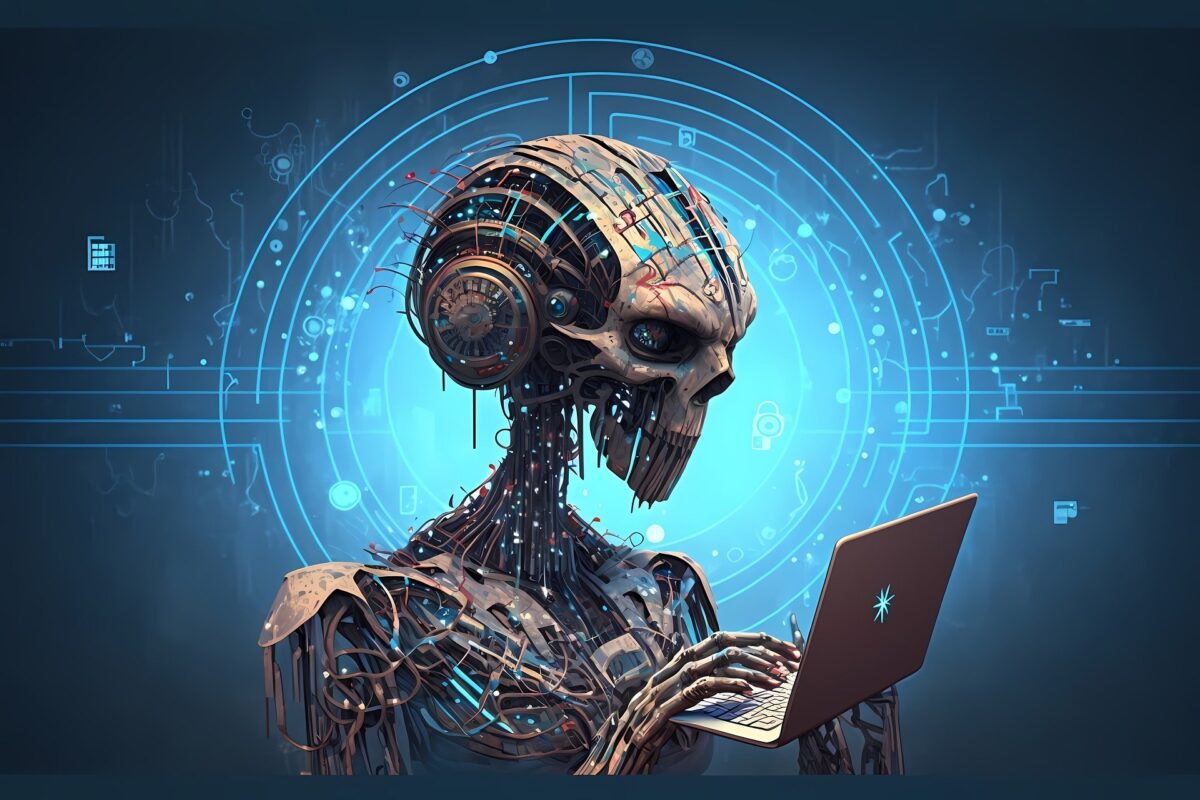Introduction:
Many organisations and industries today emphasise using data to improve products and services. Data science is a term that refers to data analysis using MLOps Machine Learning. Data science and machine learning must go hand-in-hand. To make better decisions, engineers must use data science and ML. This article will explain the differences between machine learning (ML) and data science. It will also show how they work together.
What is Data Science?
Data science is a study of data that aims to provide meaningful business insights. This multidisciplinary approach combines mathematics, statistics, and artificial intelligence principles and practices with computer engineering and other disciplines to analyse large data sets. Machine learning algorithms predict the actions of objects in other cars and humans.
Why is data science so important?
Data science is important since it uses science and technology, tools, and methodologies to make sense of data. Data is everywhere in modern organisations. Many devices automatically collect and store data.
What is machine Learning?
Artificial intelligence in the form of machine learning enables software to forecast results more accurately without any explicit programming. Machine learning algorithms predict new output values using past data as inputs. Machine learning is frequently used in engines for a recommendation. Fraud detection, spam filtering, and malware threat detection are also popular.
Why is Machine Learning Important?
Machine learning is important because it enables businesses to comprehend patterns in customer behaviour and operational processes. It also supports the development of innovative products. Machine learning is a core part of many of today’s top companies, such as Facebook and Google. In many industries, machine learning is a crucial competitive differentiation.
Types of applications of machine learning in data science?
1. Image Recognition
2. Speech Recognition
3. Traffic forecast
4. Product Recommendations
5. Self-driving vehicles
6. Online Fraud Detection
Image Recognition:
Image Recognition can be used to identify people, objects, and places. Face Recognition in Smartphones and Automatic Friends Tag Suggestions on Facebook are the most popular uses of this application.
Speech Recognition:
The technique of converting spoken words into writing is called speech recognition. Text can be expressed in words, syllables, or sub-words. Siri, Google Assistant, and Youtube Closed Captioning are some of the most well-known examples.
Traffic forecasting:
Machine learning can handle complex and large datasets, one of its key advantages. Traffic data can include, for example, information about traffic flow, vehicle speeds, and traffic densities, along with other factors like weather conditions, road conditions, and time of the day.
Product Recommendations:
Amazon, Netflix, Hotstar, and other eCommerce and entertainment companies use Product recommendations extensively. The data they collect from you is used to create Machine Learning algorithms that recommend products and services you may be interested in.
Self-driving cars:
Machine learning is used in autonomous vehicles to allow the vehicle to learn and make predictions based on data. Machine learning algorithms predict the behavior of objects, vehicles, and humans.
Online Fraud Detection:
You can execute automated transaction processing utilising fraud detection with machine learning on sample data or your database. The included ML models detect potential fraud activity and flag it for review.
Machine Learning and Data Science Lifecycle
Data Collection:
The starting point in machine learning is collecting data. It is important to collect relevant and reliable data, as their quality and quantity directly affect the results of your Machine Learning model. As discussed in the previous section, this dataset trains your Data Model.
Data Preparation:
Data Cleaning is a crucial step in the Data Preparation Process. It is a crucial step to make the data ready for analysis. The Data Preparation step ensures the dataset is free from errors or corrupted data points. The data is also standardised into a standardised format. The dataset will also be split into two sections for Training your Data Model and evaluating the performance.
The Model of Training:
The “learning” begins here. Predicting the output value is done using the Training dataset. The output will diverge from the target value during the first iteration. Practice makes “Machine” perfect. After making adjustments to the initialization, this step is repeated. The training data is used for incrementally improving the accuracy of your Model.
Model Evaluation:
It’s now time to evaluate the Model’s performance. This evaluation uses the dataset you set aside during the Data Preparation Process. The data was never used to train the Model. Test your Data Model with a new dataset to understand how it will perform in real-life applications.
Prediction:
It doesn’t necessarily mean that your Model has been perfected and is ready for deployment. The mathematical Model is improved through the modification of parameters. Machine Learning ends with prediction. The Machine uses its learned knowledge to answer your question.
Data Science: Machine Learning Algorithms
You can divide the problems into three categories:
1. Regression
2. Classification
3. Clustering
Conclusion:
Data is a powerful tool that organisations are using to enhance their products. Data Science is Data Analysis without Machine Learning. Data Science and Machine Learning are inseparable. Machine Learning makes Data Scientists’ lives easier by automating tasks. Machine Learning will be heavily used to analyse huge amounts of data. Data Scientists need to understand Machine Learning to increase their productivity deeply.You must learn deep knowledge to start your career or work in data science. To refresh your skills. They provide the best data science course training for you in Bangalore, Chennai, and more city-available classroom top data science course or online data science courses.
